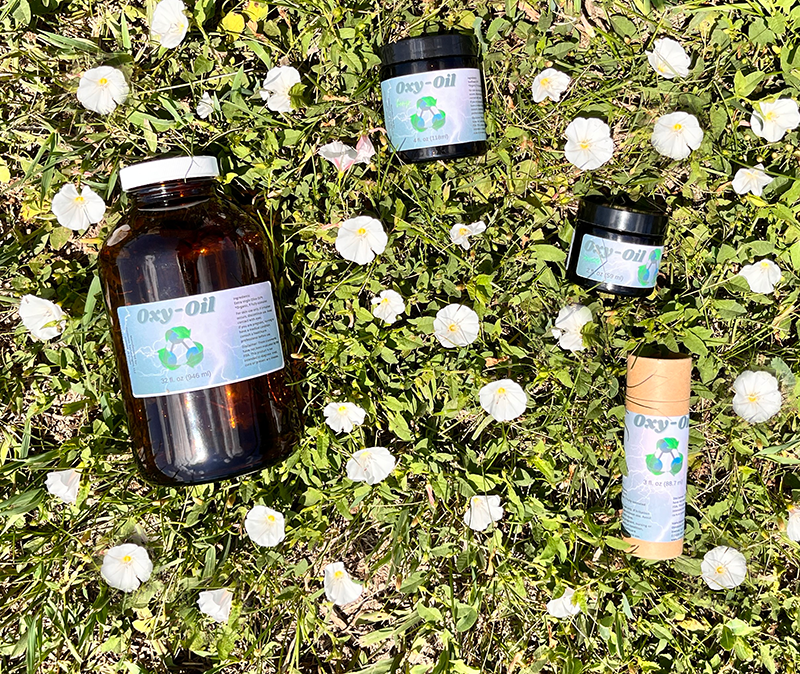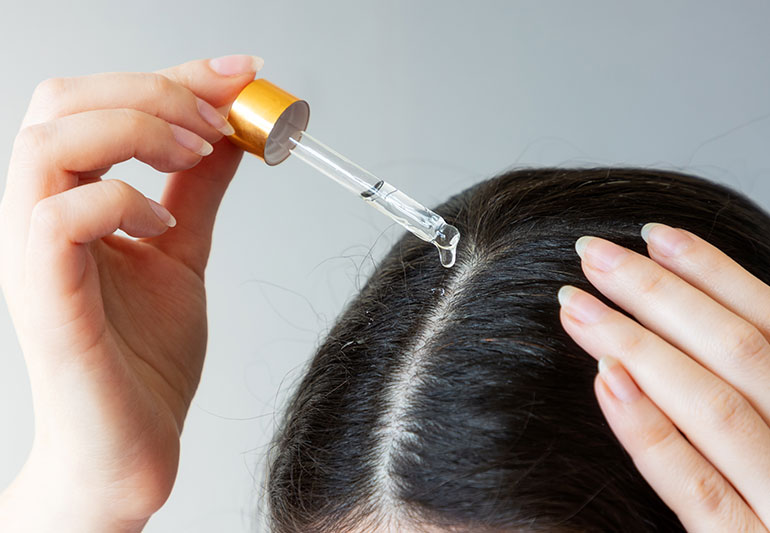Ozonated Olive Oil

Ozonated olive oil is a product created by bubbling ozone and oxygen gas into pure olive oil until the oil becomes a thick paste at room temperature. The final product is the result of ozonides crated and bound up within the oil While ozonated olive oil is the most common, any organic unsaturated oil can be used.
The oxidation power of ozone is stored in the oils unsaturated fatty acids. The ozone is stored as an ozonide, aldehyde and peroxide in the double carbon-carbon bonds of unsaturated fatty acids found in organic oils such as olive oil.
Ozonated olive oil has excellent antimicrobial properties and therefore a great deal of uses in medical applications for humans and animals. However, uses outside of medical applications have also been implemented and are outlined below.
Other Types of Ozonated Oils:
-Olive oil
-Sunflower oil
-Pomegranate Seed oil
-Grape Seed oil
-Hemp oil
-Coconut oil
-Caster oil
-Mineral Oil
-Avocado oil
-Jojoba oil
FAQ
What Is Ozonated Olive Oil?
Ozonated olive oil is made by bubbling a pure, highly concentrated ozone into it. The oil is protected from damage by high-quality oxygen. In order to maintain the high quality of the oil, only high-quality, high concentration ozone generators are used to ensure the final product has no impurities.
What Is Ozonated Olive Oil Used For?
Since then, ozonate vegetable oils have been evaluated for their antibacterial and antifungal properties, their use in topical skin treatments (dermatology) and their ability to heal cutaneous wounds, and these studies have increased in number in recent years
Does Ozonated Olive Oil Need To Be Refrigerated?
Olive oil will become a gel substance once it has been completely oxidized. It will be noticeable to smell the presence of ozone being emmited from the olive oil. It is imperative that the final product is kept refrigerated at all times.
How Do You Use Ozonated Olive Oil?
It is possible to find a facial skin conditioner that contains ozonated oil, or even partially ozonated oil, at any price. However, the application must be done properly to avoid any problems. You should massage the oil deeply into the face, as you should apply it very liberally.
Does Ozonated Olive Oil Go Bad?
The oxidation process of oxidizing oxidizing oxidizing oils can result in a rancid smell. The oil will have a stronger smell when it is soft or liquid than when it is solid. It is recommended to refrigerate the ozonated oil to prolong the shelf-life. After production, and prior to shipping we keep the product in the freezer until shipping.
How Long Is Ozonated Olive Oil Good For?
Olive Oil with Ozonated Olive Oil is kept refrigerated for 1 year, making it one of the most potent oils available over the counter.
Learning More:
Click the boxes below to learn more about Ozonated Oils
Video Showing the Creation of Ozonated Olive Oil:
Research articles on Ozonated Olive Oil:
-Antifungal Activity of Olive Oil and Ozonated Olive Oil Against Candida Spp. and Saprochaete Spp.
-Proinflammatory Event of Ozonized Olive Oil in Mice
-Various Antimicrobial Agent of Ozonized Olive Oil
-Ozonated Olive Oil Enhances the Growth of Granulation Tissue in a Mouse Model of Pressure Ulcer
-Germicidal Properties of Ozonated Sunflower Oil
-Ozonated Mineral Oil: Preparation, Characterization and Evaluation of the Microbicidal Activity
-A New Formulation Based on Ozonated Sunflower Seed Oil: In Vitro Antibacterial and Safety Evaluation
-Spectroscopic Characterization of Ozonated Sunflower Oil
-Physico-chemical Characterization and Antibacterial Activity of Ozonated Pomegranate Seeds Oil














